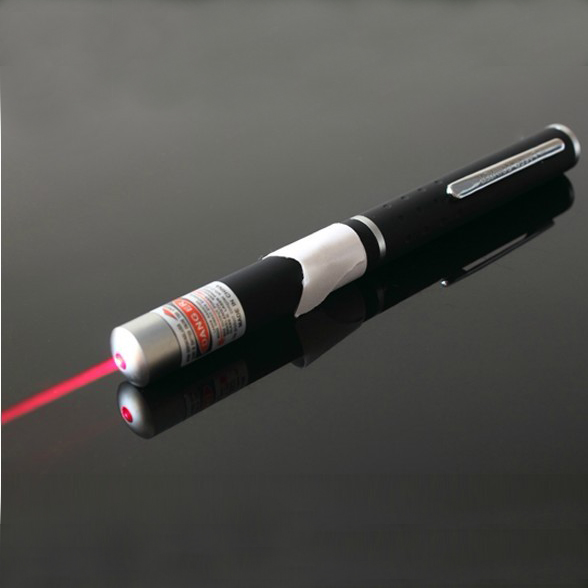It is reported that laser-based data storage and retrieval technology will increase the storage capacity of traditional optical discs, such as DVDs and Blu-ray discs, without requiring special preparation steps. This scalable technology uses the 3D volume of the optical disc to store information in a multi-level structure, and the ultra-fast laser pointer is used to maintain the micron-scale variation of the optical disc.
By encoding multi-level and multiplexed information within the 3D volume of the recording medium, a traditional optical disc can be transformed into a super-capacity storage medium. However, in most cases, the recording medium must have light sensitivity and also need to be doped with photochromic molecules or nanoparticles.
In order to explore 3D optical data storage capabilities without any dopants, researchers at the University of Ottawa in Canada used pulsed blue laser pointer to record data in micrometer-level modification areas of optical discs. After excitation with the reading laser, each modified area will fluoresce. Fluorophores induced by laser show different emission profiles under different wavelength excitations. The researchers correlated the intensity of the fluorescent signal with the energy of the recording laser, and assigned it to a 32 gray scale, corresponding to 5-bit data.
New breakthrough in high-density data storage: ultrafast lasers. The research team showed that embedded data can be as high as 20 layers. By adjusting the power of the reading laser and the sensitivity of the detector, the data layer in a traditional optical disc can be up to 30 layers (if the data on both sides of the optical disc are read, it can be up to 60 layers).
Similar results can be achieved using different excitation lasers and discs made of different plastics including polydimethylsiloxane (PDMS), polystyrene (PS) and polycarbonate (PC). New breakthrough in high-density data storage: The flexibility of ultrafast laser technology allows data to be stored in commonly available plastics and can be accessed by excitation in any visible spectrum. The stored data can be embedded in bulk materials and is stable within the glass transition temperature range of the recording medium, so it has a long shelf life and at the same time eliminates the need for the recording medium to be light sensitive.
The research has achieved a storage capacity of up to 0.2TB to 0.5TB. In addition, a higher storage capacity can be achieved by overcoming the diffraction limit of light for recording data in the submicron order. The reduction of the fluorescence signal may result in loss of information, but the lost information can be recovered by increasing the sensitivity of the detector and/or the power of the reading laser.
Optical disc is a practical long-term data storage medium, and the cost of maintaining stability and integrity is relatively low. The use of optical disc 3D volume to store information in a multi-level structure can overcome the limitations of optical disc planar technology and provide ultra-high storage capacity.
